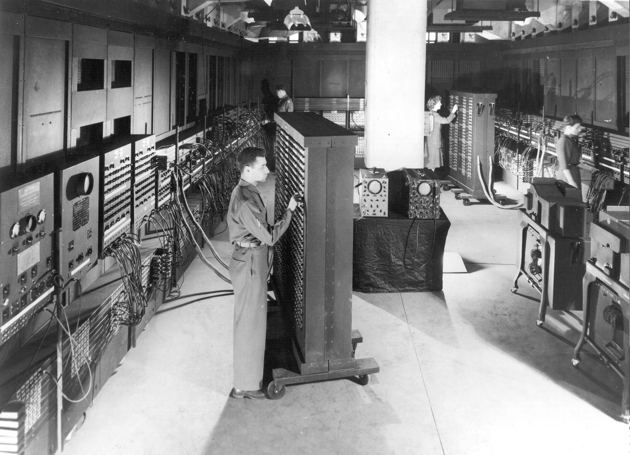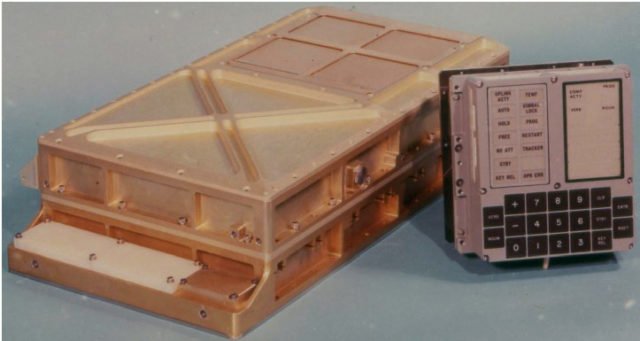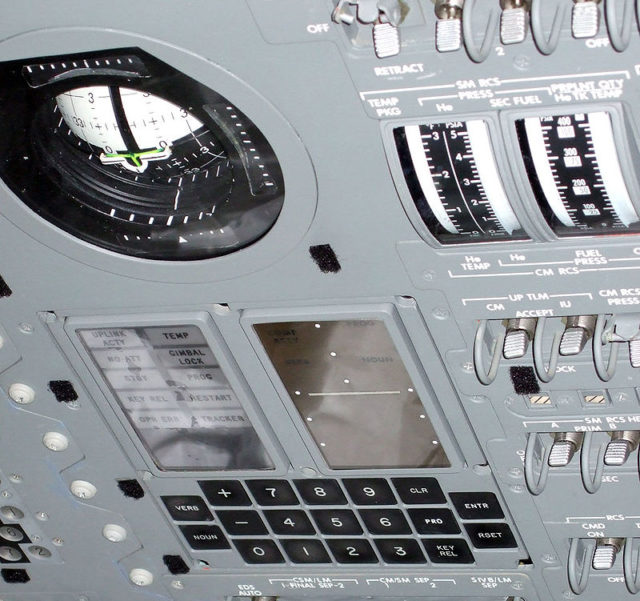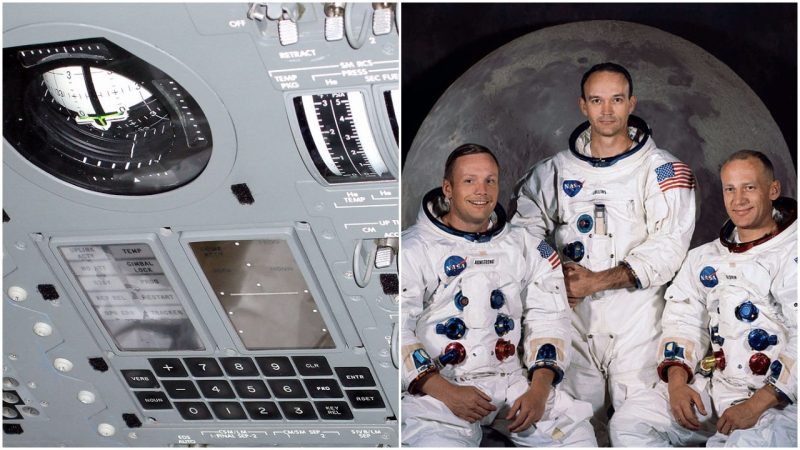Technology is developing faster than ever before, and with the emergence of the newest generation of smartphones and the state-of-the-art microprocessors, everyone can have a supercomputer in their pocket.
27Contemporary computers are becoming smaller and increasingly more powerful.
However, computers haven’t always been as convenient as they are nowadays. For example, ENIAC, which was built in 1946 as one of the first electronic general-purpose computers ever, was so enormous that it occupied a space of 167 square meters and had to be constantly monitored because its circuits were prone to catching fire.

Also, ENIAC wasn’t very powerful. Its processing power was about 1300 times smaller than the processing power of the Nokia 3310 mobile phones that were popular in the early 2000’s. Still, ENIAC was considered a revolutionary leap in the development of technology, and it was one of the first steps that led to today’s advanced technology.
Another significant historical computer, which seems ridiculously weak when compared to today’s technology, is the Apollo Guidance Computer, also known as the AGC. The AGC was used during the Apollo human spaceflight program and was instrumental in Apollo 11’s landing on the moon, which is considered to be one of the greatest scientific and technological achievements of all time.
Both the AGC and its user interface named DSKY were developed in the early 1960’s by the MIT Instrumentation Laboratory. The AGC was installed on both the Apollo Command Module and the Lunar Module: the computer in the Command Module controlled the spacecraft’s general navigation and guidance systems, and the one included in the Lunar Module was responsible for primary guidance and control systems.


The Apollo Guidance Computer was designed at a time when the United States and the Soviet Union raced to successfully land a manned spacecraft on the moon, and the MIT-designed computer was an absolute revolution in the development of computers.
However, when compared to the computers of today, the Apollo Guidance Computer might look like a joke. It weighed more than 30 kilograms, and the frequency of its processor was only 2.048 MHz: its computing power was equivalent to the computing power of a contemporary pocket calculator.

Still, men of extraordinary intelligence worked for thousands of hours to develop the AGC and managed to create a computer that successfully landed the man on the moon at a time when the simplest personal computers were nothing but science-fiction.
The simplicity of AGC was ingenious, as it never malfunctioned: during the entire Apollo Program, it flashed its critical warning lights only once when the crew of Apollo 11 forgot to turn off the auxiliary radar.
